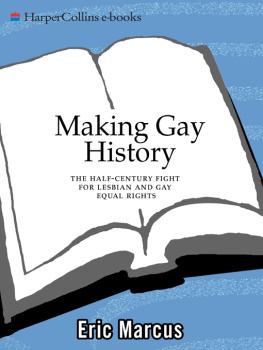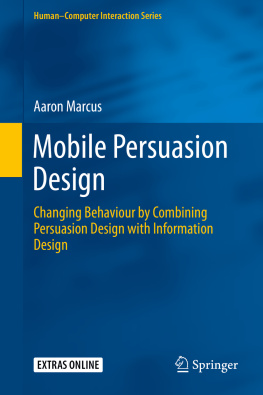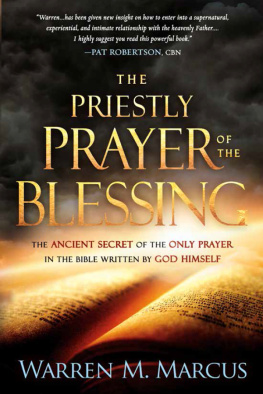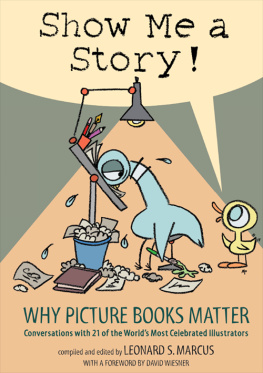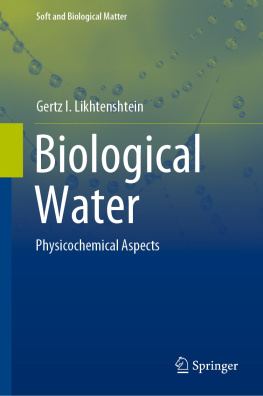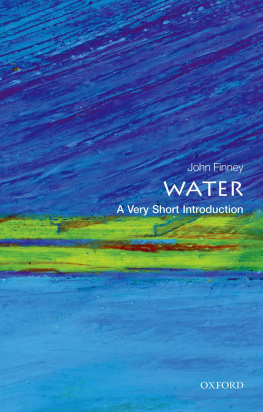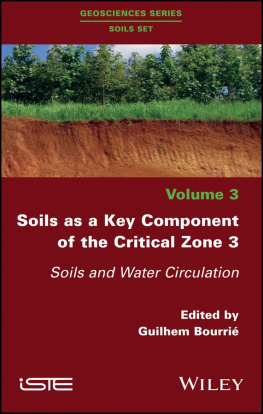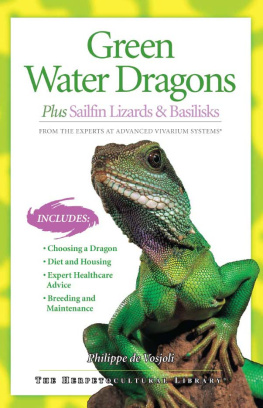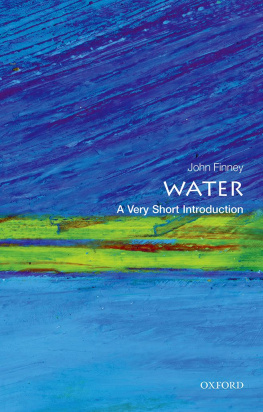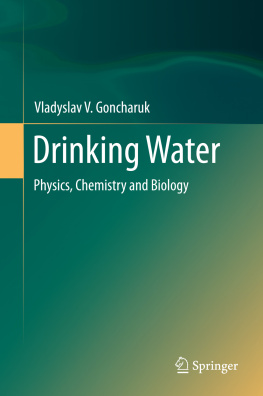Copyright 2012 by John Wiley & Sons, Inc. All rights reserved
Published by John Wiley & Sons, Inc., Hoboken, New Jersey
Published simultaneously in Canada
No part of this publication may be reproduced, stored in a retrieval system, or transmitted in any form or by any means, electronic, mechanical, photocopying, recording, scanning, or otherwise, except as permitted under Section 107 or 108 of the 1976 United States Copyright Act, without either the prior written permission of the Publisher, or authorization through payment of the appropriate per-copy fee to the Copyright Clearance Center, Inc., 222 Rosewood Drive, Danvers, MA 01923, (978) 750-8400, fax (978) 750-4470, or on the web at www.copyright.com . Requests to the Publisher for permission should be addressed to the Permissions Department, John Wiley & Sons, Inc., 111 River Street, Hoboken, NJ 07030, (201) 748-6011, fax (201) 748-6008, or online at http://www.wiley.com/go/permission .
Limit of Liability/Disclaimer of Warranty: While the publisher and author have used their best efforts in preparing this book, they make no representations or warranties with respect to the accuracy or completeness of the contents of this book and specifically disclaim any implied warranties of merchantability or fitness for a particular purpose. No warranty may be created or extended by sales representatives or written sales materials. The advice and strategies contained herein may not be suitable for your situation. You should consult with a professional where appropriate. Neither the publisher nor author shall be liable for any loss of profit or any other commercial damages, including but not limited to special, incidental, consequential, or other damages.
For general information on our other products and services or for technical support, please contact our Customer Care Department within the United States at (800) 762-2974, outside the United States at (317) 572-3993 or fax (317) 572-4002.
Wiley also publishes its books in a variety of electronic formats. Some content that appears in print may not be available in electronic formats. For more information about Wiley products, visit our web site at www.wiley.com .
Library of Congress Cataloging-in-Publication Data:
Marcus, Y.
Supercritical water : a green solvent, properties and uses / Yizhak Marcus.
p. cm.
Includes indexes.
ISBN 978-0-470-88947-3 (hardback)
1. Solvents. 2. Green technology. I. Title.
TP247.5.M294 2012
541'.3482dc23
2011049802
Preface
As of the summer 2011, there were more than 3000 topics dealing in detail with supercritical water (SCW) in the SciFinder literature search instrument of the American Chemical Society. However, there were more than 14,000 entries outlining this concept. In the 1980s some 100 papers and in the 1990s some 900 papers on supercritical water were published, while at present there are already more than 2000 papers. As it is impossible to compile all the published information in a book, an attempt has been made to include the maximum possible important properties and uses of supercritical water. Factual information is given in numerous tables along with suggested references for more details on the subject. Where appropriate, the reader is referred to several reviews relevant to the topics included in this book.
Prior to 1980, only a few dozen papers dealt with SCW, considering SCW mainly within the broad subject of high-pressure steam in the context of electric power generation. The papers dealt principally with the heat transfer in SCW, mineral solubilities in it, and corrosion by it. E. U. Franck, a pioneer in the study of supercritical fluids, however, published in 1968 a review ( Endeavour , , 55) that highlighted some of the properties of this fluid and its possible uses. The properties contrasted with those of water vapor and of the liquid water at ambient condition. They included the complete miscibility of SCW with nonpolar fluids, the very high mobility of ions from electrolytes dissolved in SCW, and the water itself acquiring appreciable electrical conductivity. Knowledge of the chemical behavior of high-temperature water, in the pure state and when serving as a solvent, led to the understanding of the structural features of SCW and of hydration phenomena in it. The properties of geochemically important hydrothermal solutions could also be explained and possible technical applications were suggested.
The properties of dense steam or compressed hot water below the critical point and solutions in such media can be of interest, as these are able to act as green solvents. In the present book, the so-called near-critical water is however only cursorily dealt with, as it is mainly devoted to the properties and uses of supercritical water. SCW in itself can also be deemed to be a green solvent, that is, environment-friendly.
Having dealt for many years with liquids and solutions, the author's interest in SCW was raised by the proposal he received in the late 1990s from the INTAS agency for his participation in an international collaboration on this subject. During the period of 3 years of the project that involved three groups from Russia, one from Greece, one from Germany, and the present author, experimental and theoretical studies of supercritical aqueous solutions as a medium for new environmentally friendly and energy efficient technologies of pollution control were carried out. As a further result of this collaboration, one of the participants, A. Kalinichev, was invited together with the present author by R. Ludwig, the editor of the book Water: From Hydrogen Bonding to Dynamics and Structure , to write a chapter on SCW for it. This provided the initial impetus to the writing of the present book, seeing that none existed so far that summarized the state of the art and in view of the increasing interest in the subject as reflected by the increasing number of published papers.
The book is divided into five chapters. Chapter 1 introduces supercritical fluids in terms of the phase diagrams of the fluids and their critical points. A brief description of a variety of supercritical fluids that have been used as solvents is given. Attention is then turned toward the water substance, in its gaseous state (water vapor) and ordinary liquid water and their properties. As water is heated toward the critical point, near-critical water is reached, and a short discussion of this state of water (that has found some applications as a green solvent) is presented. Chapter 2 deals with the macroscopic measurable properties. Foremost of these are the temperaturepressuredensity or volume ( PVT ) relationships described by means of equations of state. Other important thermophysical properties of SCW are the heat capacity and the enthalpy and entropy. The electrical and optical properties include the static dielectric constant, the light refraction, and the electrical conductivity of neat SCW. The transport properties involve the viscosity, the self-diffusion, and the thermal conductivity. The ionic dissociation of SCW is then discussed, and finally the properties of SCW relevant to the solubility of solutes in it are briefly described. Chapter 3 deals with the structure and dynamics as inferred from experimental data and computer simulations. Diffraction of X-rays and in particular of neutrons provides information on the molecular structure of SCW. Computer simulations provide information on both the structure (by the Monte Carlo method) and the dynamics (the molecular dynamics method). Spectroscopic studies, involving infrared light absorption, Raman light scattering, nuclear magnetic resonance, and dielectric relaxation, complement the aforementioned studies. It is shown that SCW has appreciable hydrogen bonding between its molecules and the extent of this is explored. Finally, the dynamics of the water molecules in SCW and the lifetime of various configurations in it are discussed. Chapter 4 describes the solubilities of gases, organic substances, salts, and ions in SCW in terms of the relevant phase equilibria. The interactions that take place between the water molecules and the solutes of the various categories are presented. In particular, for ions and salts, the properties of such solutions are dealt with. In case of ions, their association on the one hand and their hydration on the other determine these properties. Finally, Chapter 5 includes the current practical uses, whether on a modest or on a full industrial scale. Conversion of biomass to fuel, gaseous or liquid, is one such use. SCW oxidation (SCWO) of pollutants and hazardous materials is another important use, the problems associated with which have not so far been completely resolved. Some other uses include organic synthesis, where SCW is both a reaction medium and a reactant, nanoparticle production of inorganic substances (mainly oxides), and as a neutron moderator in nuclear power reactors and at the same time as the coolant, providing the fluid for turbine operation. Geochemistry is another field where SCW plays a role, because deep strata in the earth's crust provide the high temperature and pressure to convert any water derived from hydrous minerals to SCW. This is then evolved in thermal vents, carrying along some minerals dissolved in it. Finally, some of the corrosion problems met with in applications of SCW are briefly dealt with.


